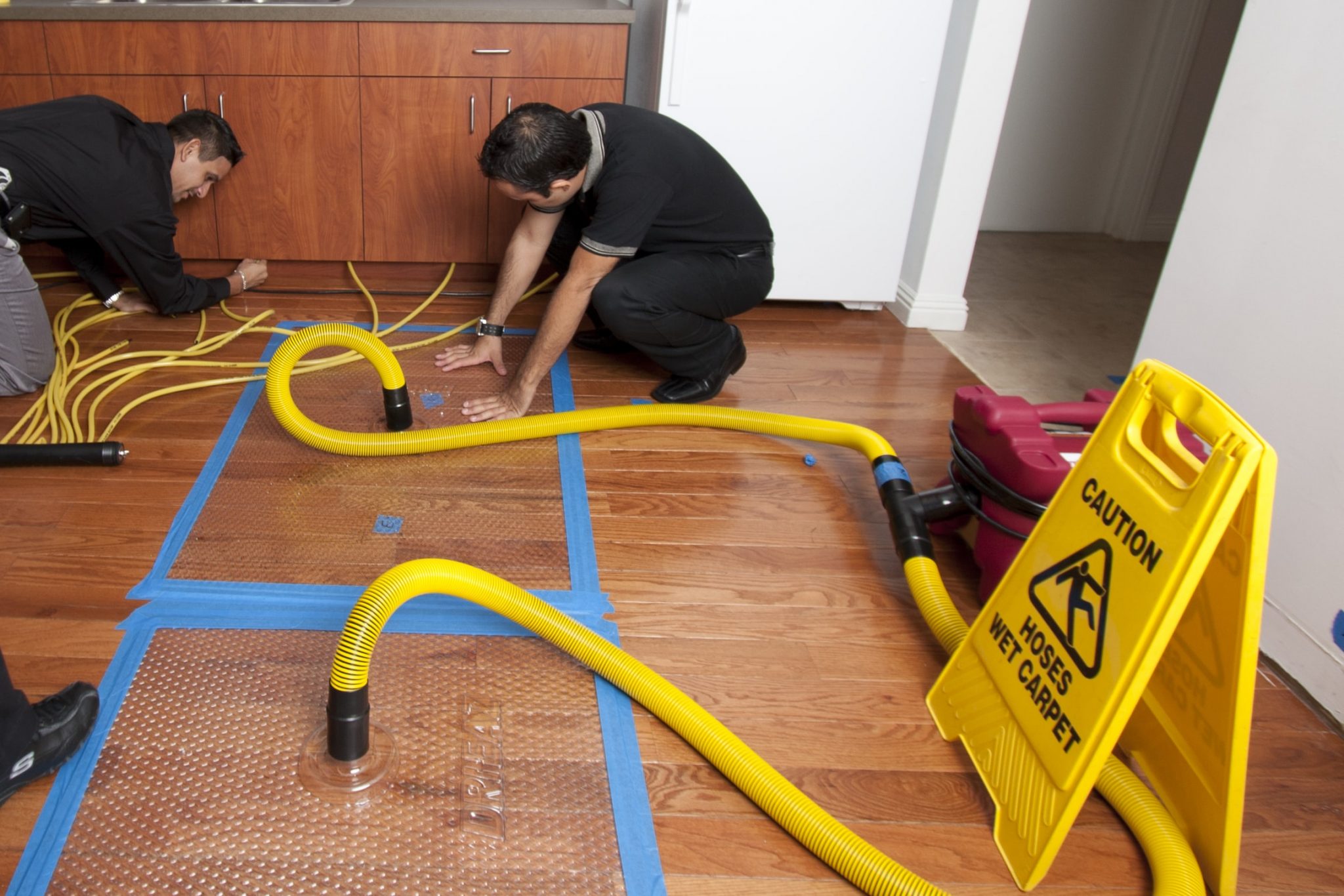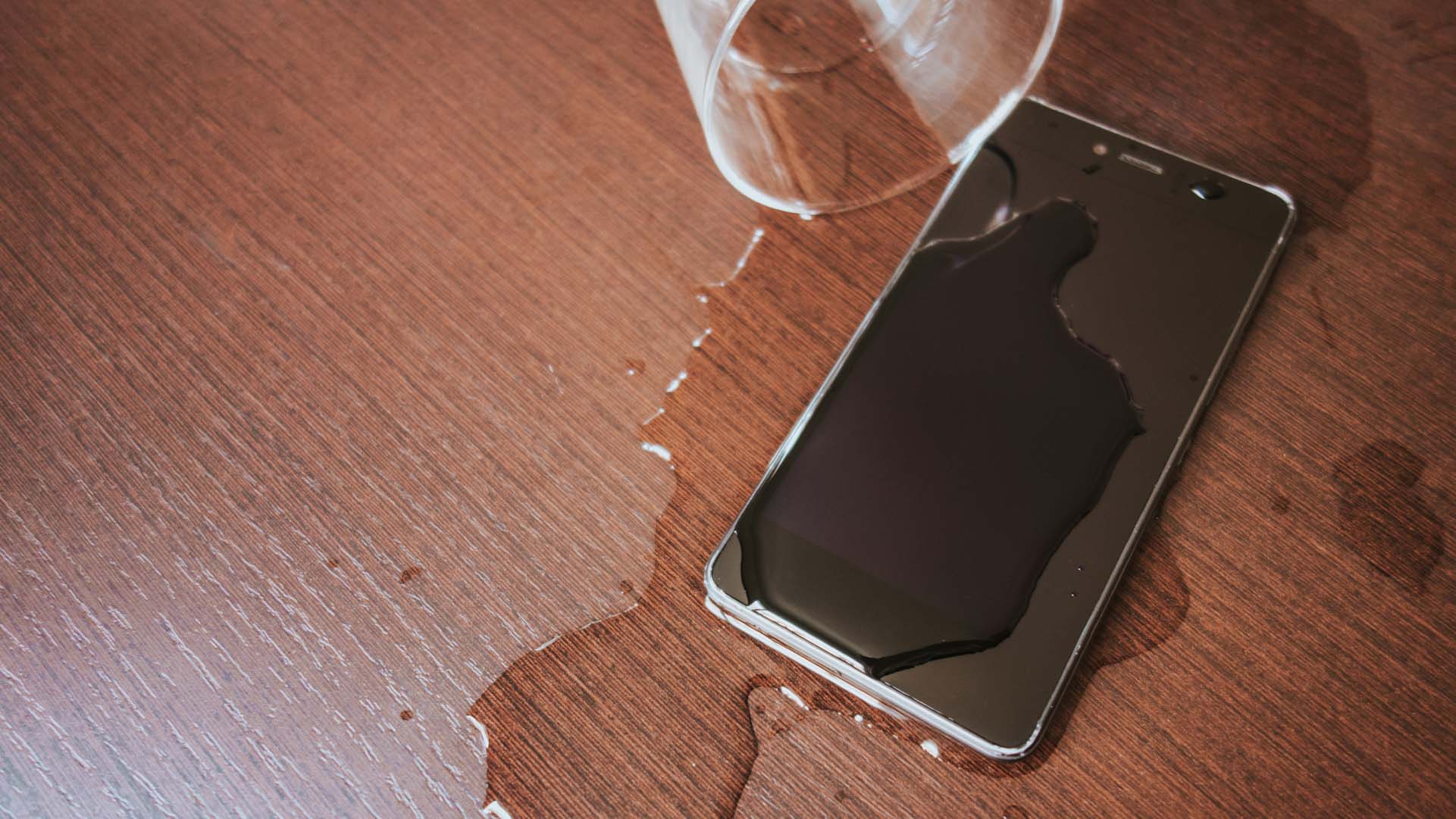Some Known Factual Statements About Total Home Water Restoration
Table of ContentsAll About Total Home Water RestorationThe Facts About Total Home Water Restoration Uncovered4 Easy Facts About Total Home Water Restoration DescribedThe Only Guide to Total Home Water RestorationThe 25-Second Trick For Total Home Water RestorationThe Of Total Home Water Restoration

And you should shut off the major water valve if the leakage is larger or you see standing water. "This major shutoff is normally inside your house, most likely in your basement or garage, rather near to the water heating system," claims Freeman, who tags the major valve for his customers since lots of people do not know where it lies.
Switch off the power and call an electrician. If you have a cellar, ground water might be permeating in there. Your water heater could likewise be in the basement. And your kitchen area is most likely on the main level. While you may not know if your home is prone to water infiltration, it's a great concept to keep your belongings in the upper areas of your home simply in instance.
Everything about Total Home Water Restoration
Put a mask over your mouth and nose to avoid breathing in mold and mildew or microorganisms. ceiling repair from water leak. If you're up against a risky or severe scenario, it's most likely time to contact your insurer, that will guide you to an expert mitigator.
If you're not certain you need to call in an expert, consider this listing of classes of water damage: Involves small damages impacting a tiny area with limited wetness. There's minimal, much less than 5%, water absorption.
Now you're talking regarding the greatest volume of water that's taking its wonderful time evaporating. Maybe your lawn sprinkler system malfunctioned or your water supply line fell short.
A Biased View of Total Home Water Restoration
You'll need the large weapons that can do water damage repair work using specific tools for reliable remediation. You may seem like stepping down and currently's the time to do it. Yet that may not be sufficient. Go out the dehumidifier (or lease one) to draw up the dampness and followers to move the air around to completely dry all the influenced areas.
When your area is completely dry sufficient, it's time to clean. Think about hiring professionals if mold and mildew is serious. Tidy very first with water and detergent, after that utilize a disinfectant or sanitizer.
You need to completely dry water-damaged locations within 24 to two days to avoid mold growth, according to the EPA. If the damage is marginal, take into consideration an expert cleaning service to get rid of water and help avoid mold development in between fibers. You can clean up hard, impermeable furnishings (glass and metal) with soap and water.
The 8-Second Trick For Total Home Water Restoration

Fixing or replace flooring based on exactly how severe the damages is. Repair work or replace damaged ceiling panels or floor tiles, and examine for underlying structural issues.
Inspect for leakages or damages in pipes and fixtures. A specialist plumber must make significant pipes repairs. Don't worry that you'll require a specialist for whatever.
Things about Total Home Water Restoration
A sump pump does not let the water degree surge too expensive and removes the water, sending it away from your residence. It's typically found in the basement. drywall replacement after water damage. You might likewise purchase a water leak detection package, which monitors the circulation of water and assists you find a leak in your plumbing
A French drainpipe, or various other drain system, particularly near a preserving wall will assist water stream away from style attributes," Giammanco says. "And design landscape design to drain pipes water far from the foundation." That will certainly reduce the threat of future water damage, he adds. "Water damages is one of the most typical and costly calamity that people experience with their home.
What Does Total Home Water Restoration Mean?

In the areas in advance, we will cover Water damage can show up in numerous means, so very early discovery is key. Start by analyzing your wall surfaces, ceilings, and floors for:: Seek yellow or brownish discoloration on drywall and ceilings.: Inspect floors for any type of changes, specifically in moisture-prone areas like bathrooms and kitchens.: Watch for black, green, or white spots, and recognize a moldy scent.